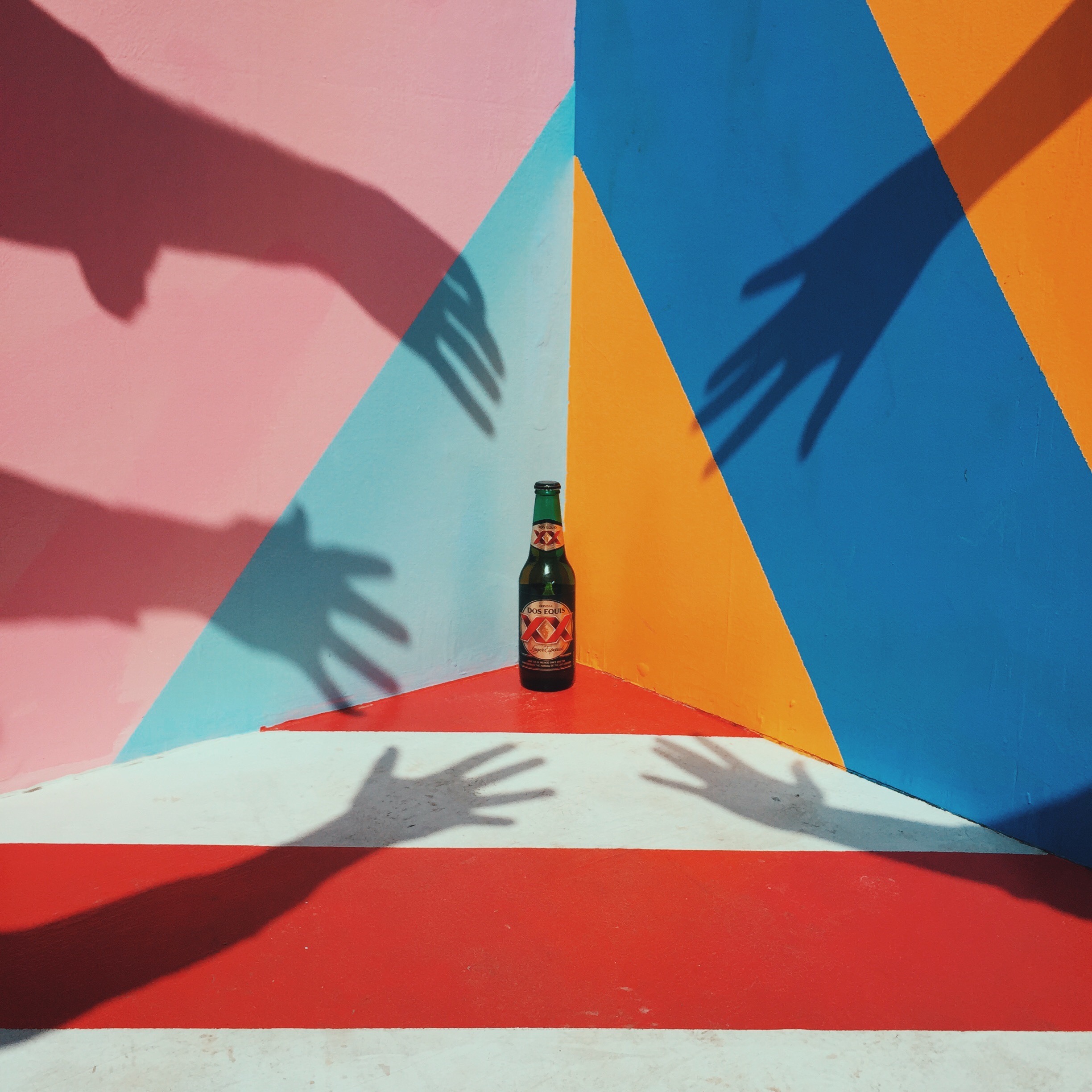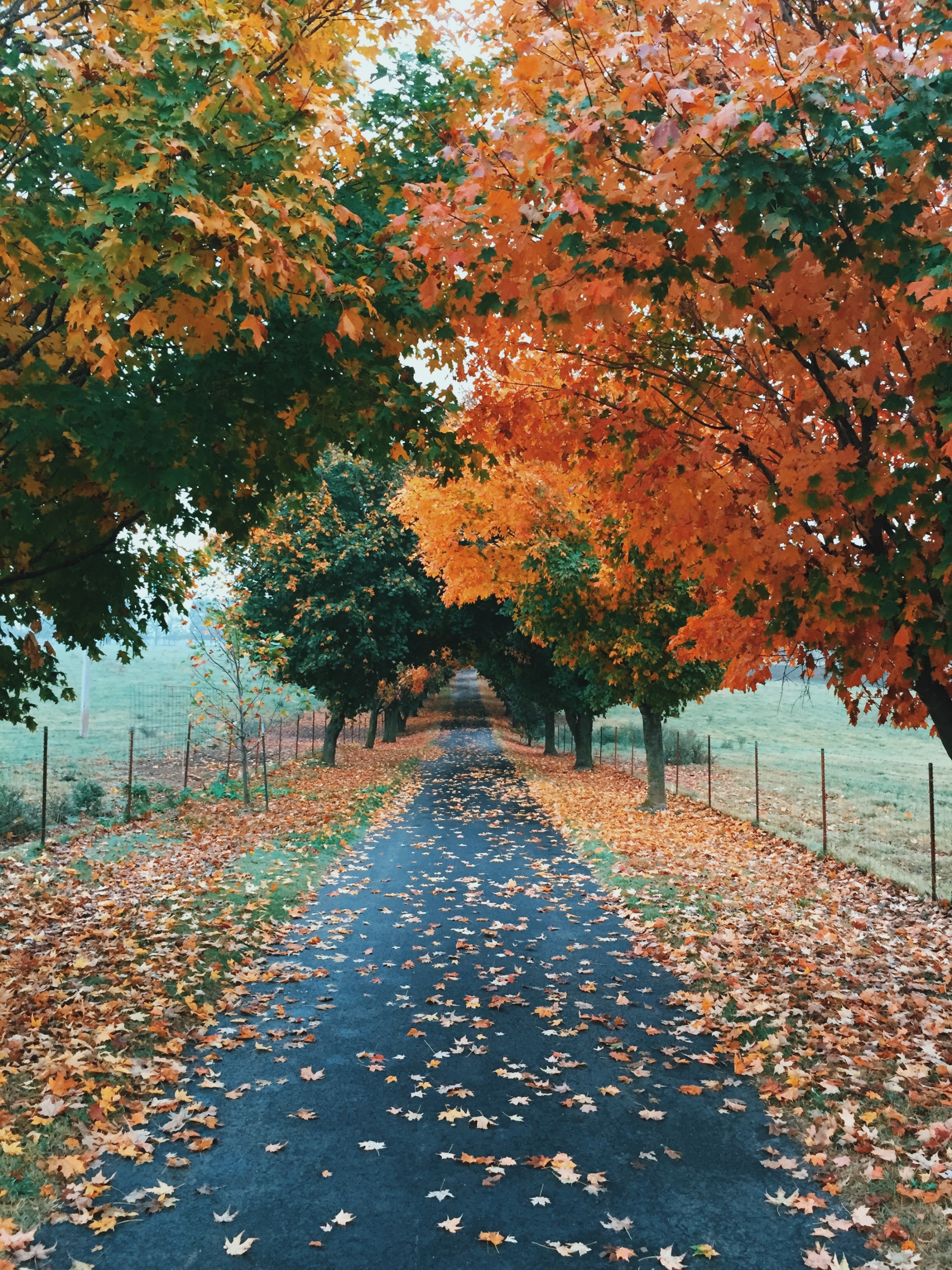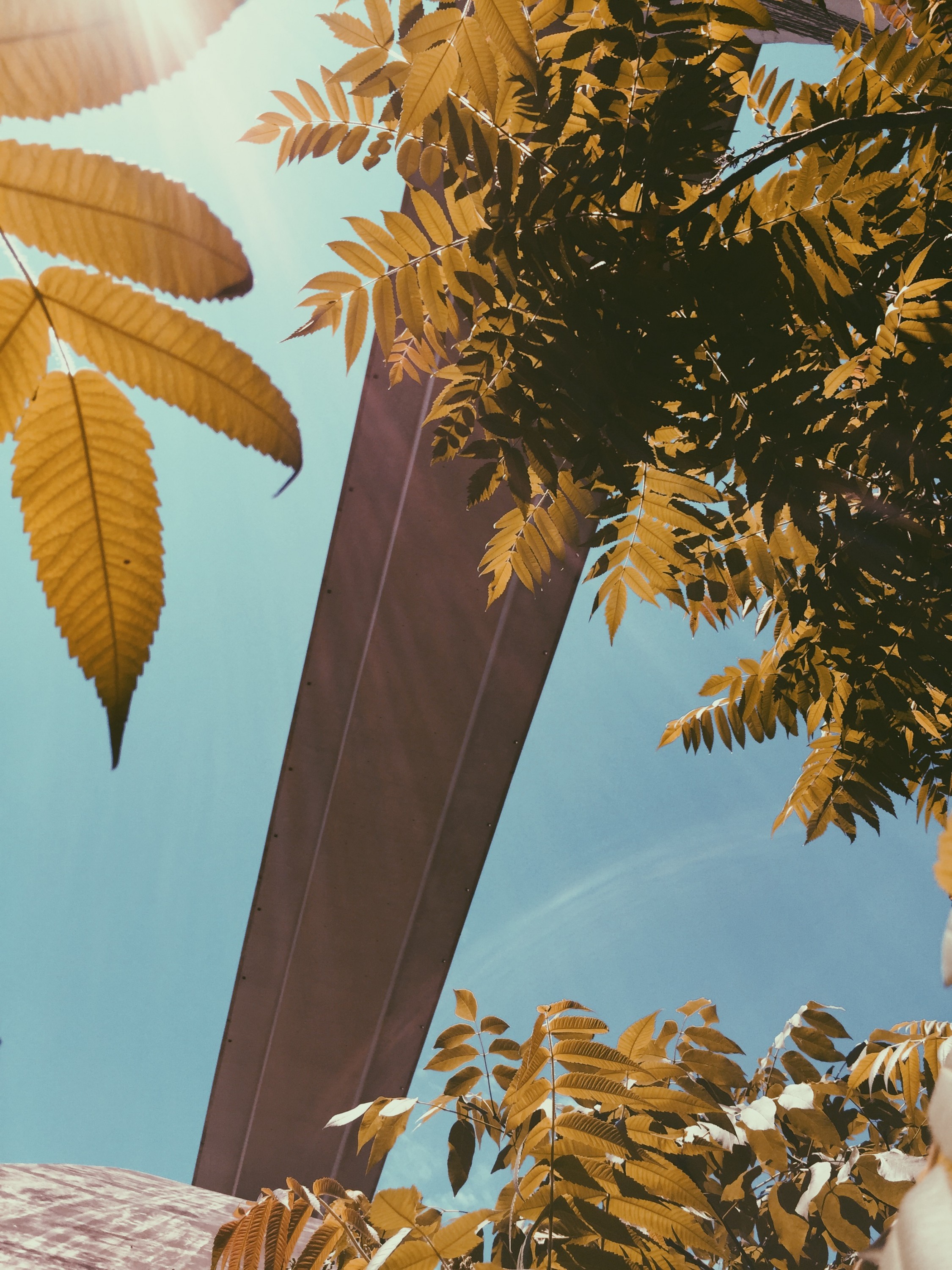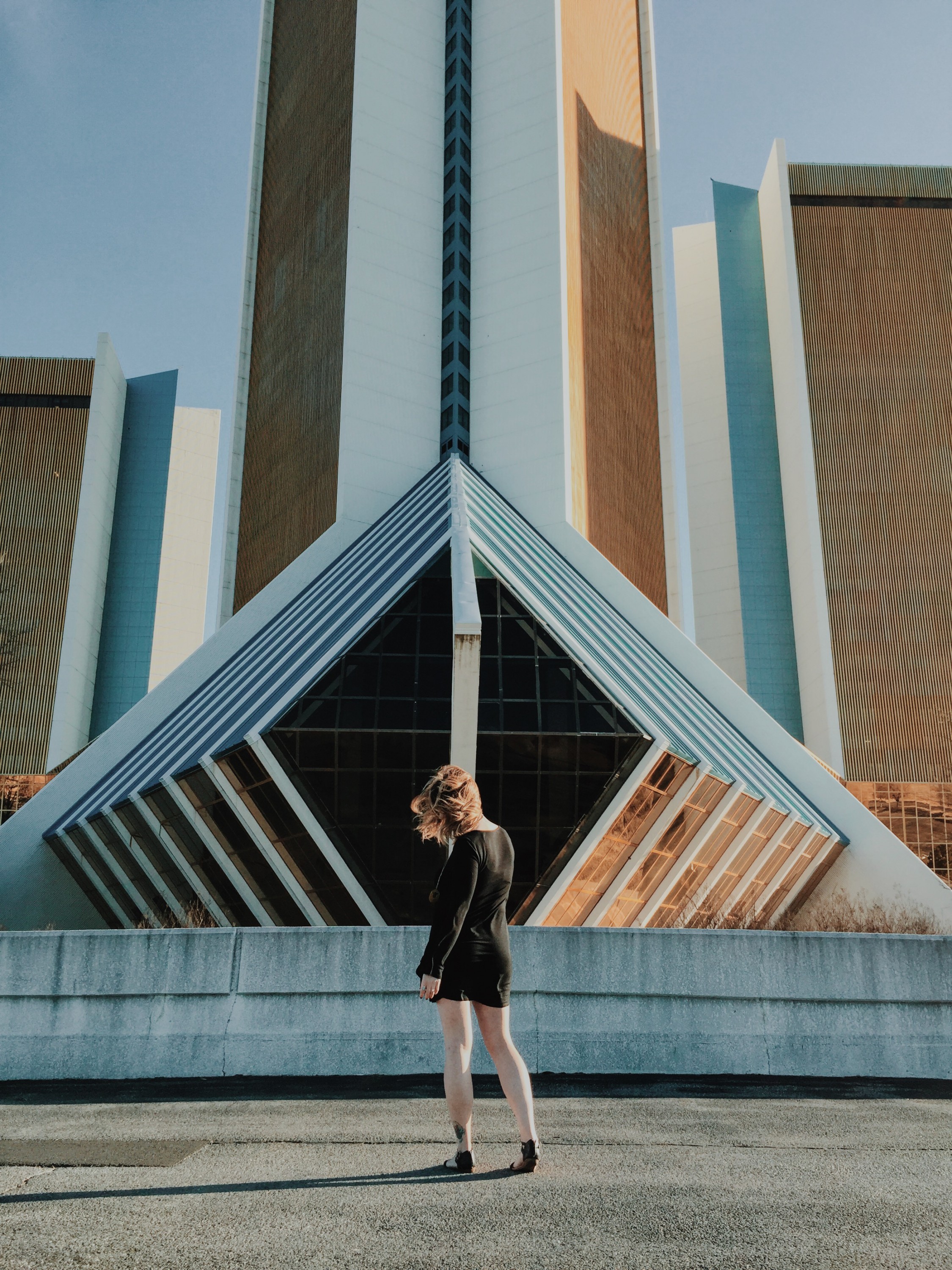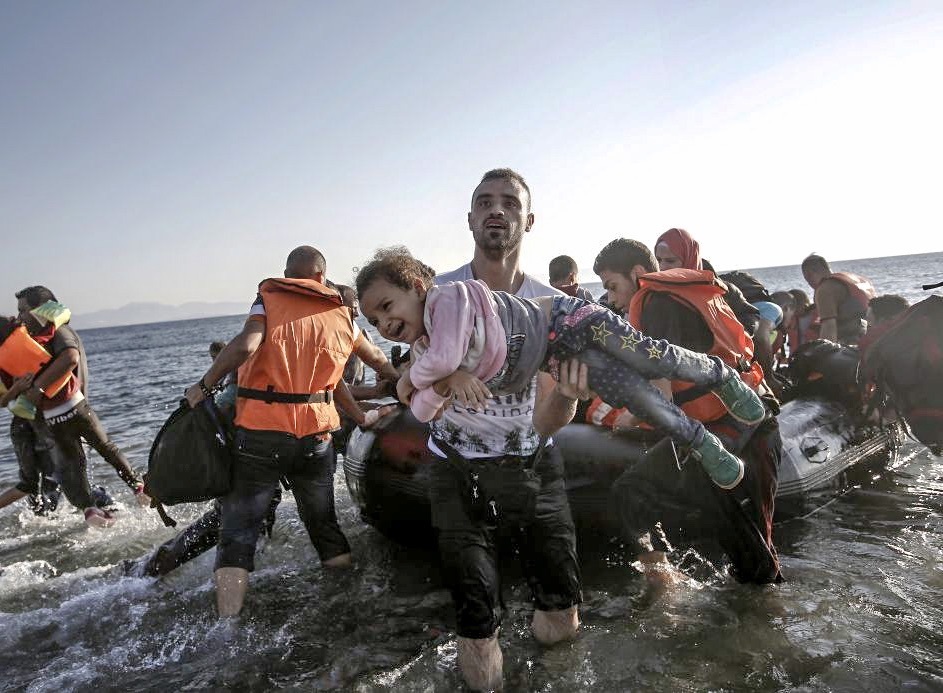Brenton Clarke Little is a musician, graphic designer, and an iPhone photographer. His works explore the connection between nature and the urban landscape. His bold graphic design echoes this sentiment as we see the marriage between light, natural elements, and man-made structural components. In this interview, he describes the relationship between his music, art, and photography. With over 8 years of experience in these various fields, with clients like Ford, Herschel, and Sony Pictures, he has truly honed his own unique aesthetic!
Tell me a little about yourself. How did your life as an artist begin?
Brenton Clarke Little: I have always been one to draw, even as a kid, I was constantly drawing dinosaurs or birds or something. I later realized that I could use this to get into design in college (since fine art usually doesn’t pay the bills).
You’re a photographer, designer, musician, a renaissance man of sorts. Could you tell us what it is that you do? Which one takes up the most of your focus?
B.C.L: It really depends on the day. I do work full-time as a designer for a marketing company and am usually doing photography in the remaining time. So music is more of a hobby now, but I was a drummer for much longer than I have been either of the other two.
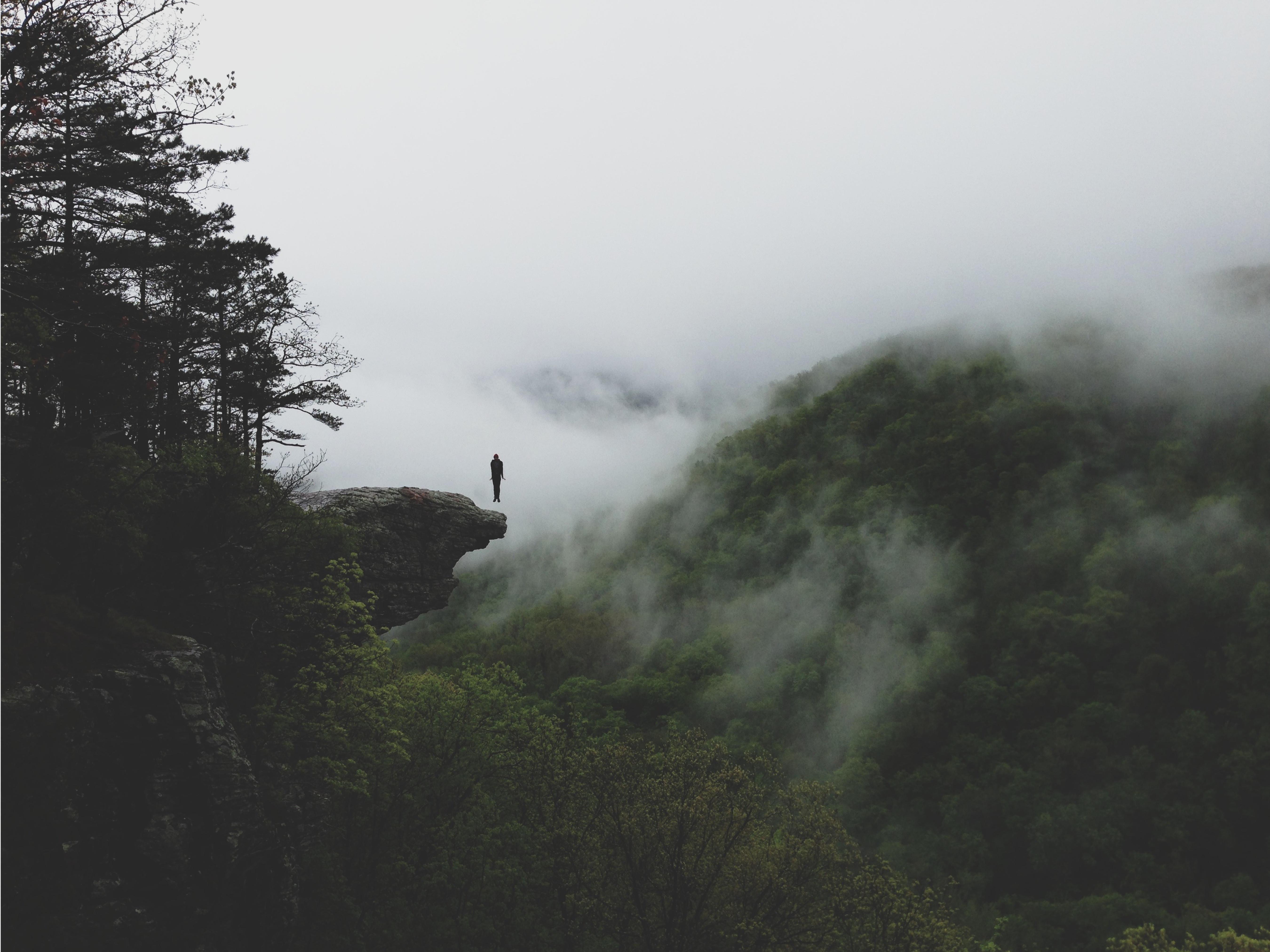
Photo Credit: Brenton Clarke Little
How do you manage to do all three at such a high capacity? What’s your daily routine like? What was it that prompted you to go into so many areas? Did they simply lead into each other?
B.C.L: My father got me into playing drums when I was about 4 years old. I then started playing music with bands and eventually had some minor success with a few touring bands. I then went to college for design and after graduating started getting into photography because as a designer sometimes I would need a particular photo that I couldn’t find to purchase anywhere.
Do you think that your photography influenced your music or vice versa?
B.C.L: I think it can go either way. I do believe that design influenced my photography because I was taught design and had more experience with that first. They all play a big role in one another.
Related articles: “FROM A TO B, JOERG NICHT CAPTURES PEOPLE ON A JOURNEY”
“TELLING STORIES WITH LANDSCAPES: AN INTERVIEW WITH ROBIN MAY FLEMING“
How did you develop your style or aesthetic?
B.C.L: As a designer and a photographer, I just learned from those who inspired me. I didn’t necessarily know what you could or couldn’t do, so I just did what I thought was right or what I liked.
What are your favorite subjects and locations?
B.C.L: I really enjoying traveling, but when I’m not, I prefer to be outside. I shoot almost entirely in natural light and am constantly searching for new locations and the best available light or even better, a foggy morning.
How do you manage to capture color and texture so well in your photos, using just an iPhone?
B.C.L: Like I said, I shoot with my iPhone 6 90% of the time unless a client or brand asks specifically for DSLR or larger format images. I am most comfortable with an iPhone having started out on the 3G back in 2008 or so. I do own a few other DSLRs and mirrorless cameras that I take out occasionally as well. I shoot almost exclusively in natural light, so I’m constantly searching for great light.
As a designer, could you talk us through your process of creation?
B.C.L: I feel as though a lot of my process is influenced by deadlines, but when I don’t have one, I usually just like to get outside or go somewhere I’ve never been. Another way I get something going is to just start sketching it out. I may not end up using it, but it helps things get started.
I just try to get out and see or hear something in a new way — that challenges me to re-think they way I’ve done it before. Even if it’s somewhere or something I’ve seen before.

Photo Credit: Brenton Clarke Little
How is your approach to photography and graphic design different?
B.C.L: I would say that much of mine goes hand in hand. I started out as a designer, so a lot of my photographic style is heavily influenced by this rather than knowing camera gear or what’s right or wrong.
For a full mindmap behind this article with articles, videos, and documents see #photography
Do you find any similarities between the way you work with photography, music, and design? Are there any connections between your works?
B.C.L: Composition is probably the one thing that is a driving force throughout all of the creative mediums I dabble in.
I didn’t necessarily know what you could or couldn’t do, so I just did what I thought was right or what I liked.
What kind of narratives or stories do you like to convey through your work (Music, photography, design)?
B.C.L: I may not be consciously making an effort to, but I think that a lot of my creative mediums communicate a dream-like or somewhat surreal voice to a rather ordinary situation or subject.
What would you cite as the inspirations behind your work?
B.C.L: There are many great designers, photographers, and musicians out there that I have looked to in the past, but currently, I just try to get out and see or hear something in a new way — that challenges me to re-think the way I’ve done it before. Even if it’s somewhere or something I’ve seen before.

Photo Credit: Brenton Clarke Little
How do you pick a photography location, and how long do you stay there? Do you give yourself a deadline, or are you there until you’re happy with yourself?
B.C.L: I’m constantly shooting (90% with an iPhone) so I don’t really have an agenda unless I’m hired by someone or decide to take a road trip somewhere for the weekend.
If you had to pinpoint what you think you’ve brought to the world of design, what would you say you’ve brought to the table?
B.C.L: Honestly, I’m not sure…a lot of people say that their work is original, yet the dreamy and atmospheric quality of my work— is in design, photography and music as well.
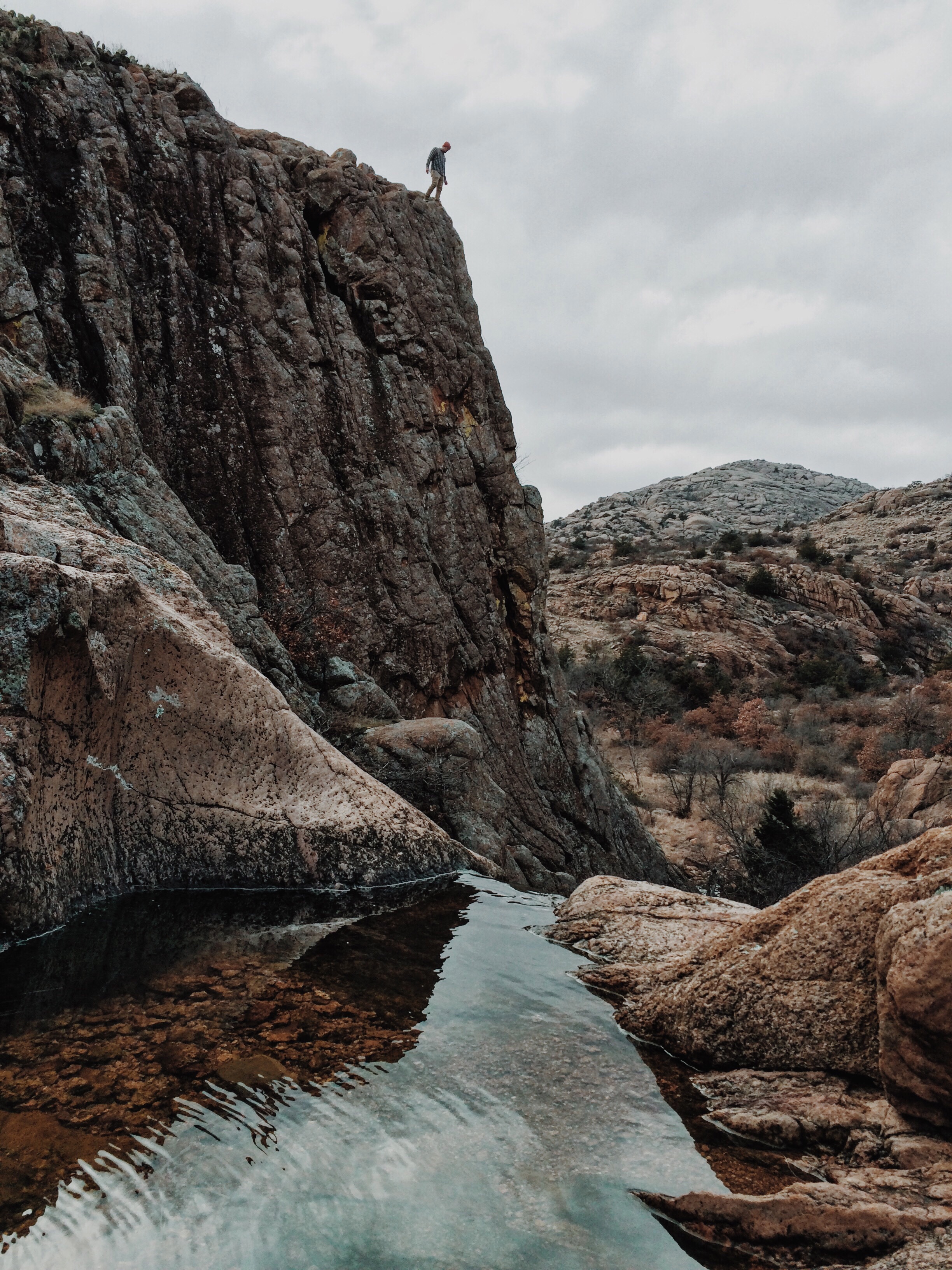
Recommended reading: “STUNNING PHOTOS SHOW WHAT CITIES WOULD LOOK LIKE IF WE TURNED OFF THE LIGHTS”
_ _
Featured Image: Brenton Clarke Little
With inputs by James Manson


